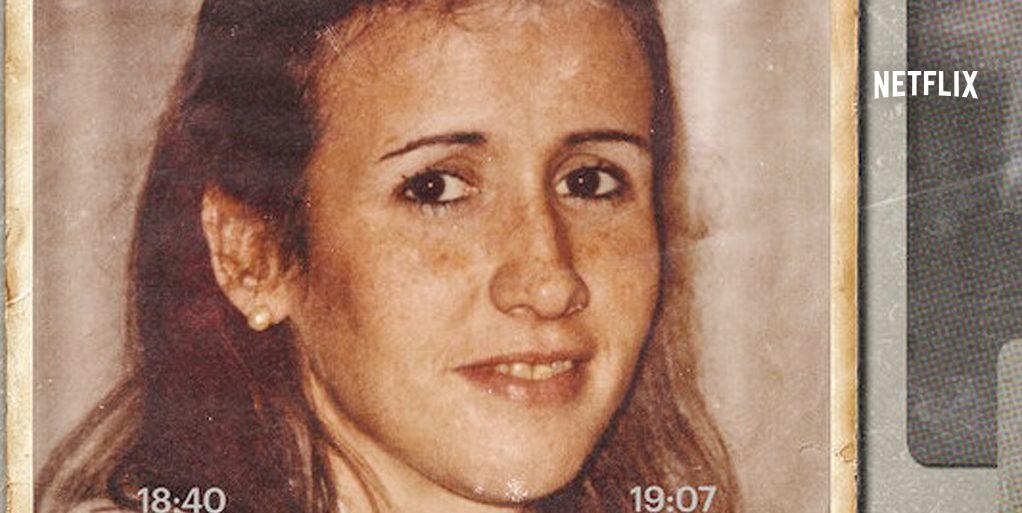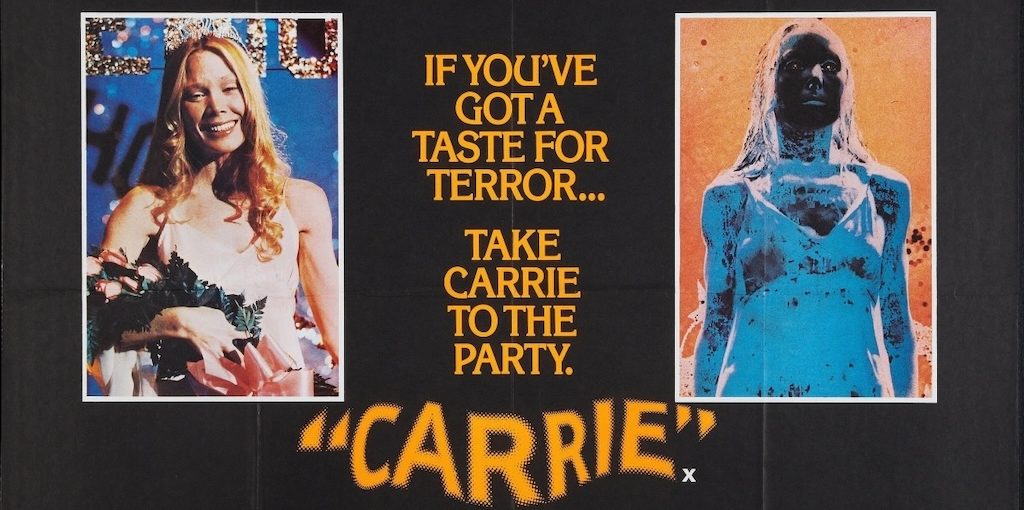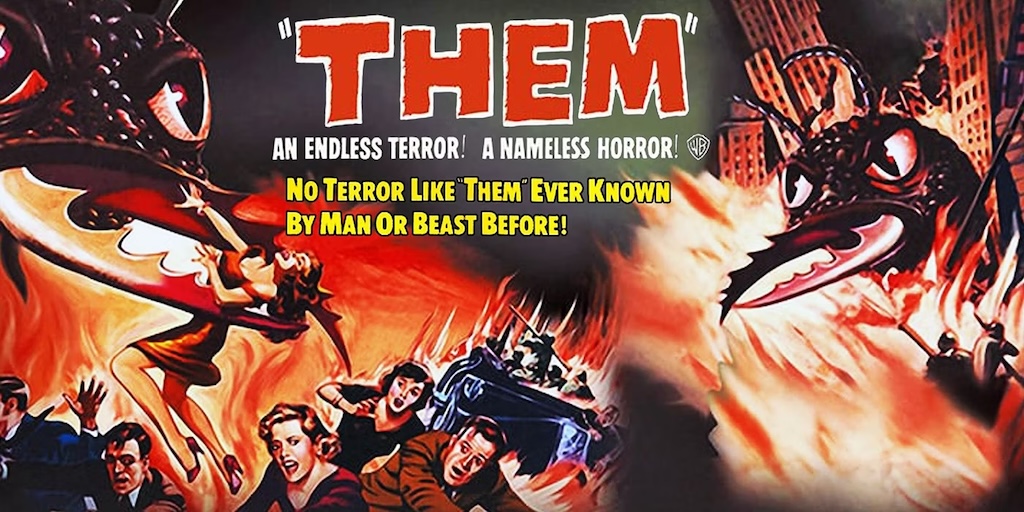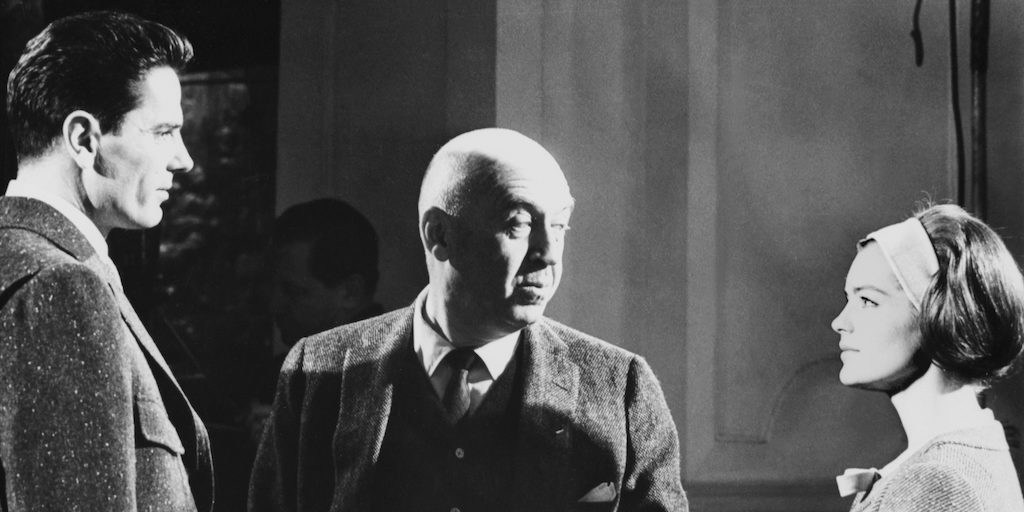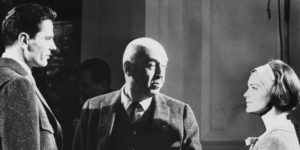A THRILLER
As is known, there are two great traditions in the thriller genre, both in literature and in cinema. Even at the risk of falling into schematic classifications, it is easy to identify in a crime film or novel if the idea is to emphasize intrigue and logical argumentation in the investigation of a crime (English school) or, on the other hand, if what it seeks is to portray, through a criminal story, a certain social framework and an environment of moral or institutional corruption (North American school). One of the most interesting aspects of Carmel: Who Killed María Marta? is that it takes charge of both traditions, taking several characteristic elements of each one and achieving a solid, attractive, nuanced and very entertaining work. Perhaps, the inclusion of two writers dedicated to the thriller genre is a way of showing the generic affiliation of the series, which makes the interventions of Claudia Piñeiro and Guillermo Martínez more than pertinent, although clearly those of Piñeiro are much more interesting. and revealing than those of Martínez.
What I have just said in this first paragraph may seem obvious, since somehow all the documentaries that respond to the idea of what is called true crime are heirs to the police genre and possibly most of them take elements from both ways of conceiving the genre. We could even say that this generic affiliation is already strongly established in the two non-fiction novels of the 20th century that inaugurate the genre in literature: Operación Masacre and In Cold Blood. The interesting thing about Carmel: Who Killed María Marta?, especially in the current context of television documentaries in the era of platform hegemony, is that its virtues are those that we have known how to admire over these more than 100 years of film history, in its best exponents, and not so much those of television and not even those of literature. I think this series wouldn’t be as estimable and powerful if there wasn’t a film director and a film producer behind the scenes. It is not about establishing here a question of hierarchies. It is not for me to say whether the cinema is aesthetically superior to television. In any case, I would like to point out that the vision of Carmel: Who Killed María Marta?, an effective and very successful television product, made me think, paradoxically, that the language of cinema still has the tools to sustain a narrative that points to a mass public. It is very possible that we are witnessing the end of the hegemony of cinema as a creator of stories. Cinema seems to be, now, an art of the past. However, its history is so nutritious and numerous that its echoes will continue to harass products designed for other formats. The precision with which Alejandro Hartmann manages the distances with his interviewees, the choice of settings so as not to impose a judgment but at the same time show the ability to observe remarkable details in each character, the precise dosage of information without falling into traps or false intrigues, the fluidity with which the story manages to evade the main narrative line to show details that may seem insignificant but end up being unforgettable, all of this is something that we owe more to good movies than to good television. For example, I suspect that the air-conditioning discussion scene would not have happened in a television story without a film director in charge of the Project.
As in other Netflix series or movies and in other contemporary products, here there are also shots shot with a drone, incidental music to enhance dramatic or suspenseful moments, and fictional recreations of real events about which there are no witnesses. But Hartmann and the production have the merit of moderation and fairness. They take advantage of these resources, now converted into vices and formal commonplaces, but they never lose sight of the fact that these artifices, in excess, could make them lose the cinematographic power inherent in the ambiguity of reality.
In addition, as a police story, this has a peculiarity: there is no resolution. And that is not a problem, quite the opposite. In a certain sense, something similar happens to what happens in two great films of the last decades: Memories of Murder and Zodiac. Beyond these antecedents, what is interesting is that this impossibility to solve the crime ends up being, paradoxically, a resolution, an ending that is at the same time inevitable but surprising, as befits a good police story. After all, one of the great dramas of Argentina is impunity.
Another of the successes of the series is not to reduce the characters to mere agents at the service of a previously conceived thesis. Each one has its contradictions and the series does not try to wash them or hide them, quite the opposite. Like almost every good police officer, there is someone who investigates. Prosecutor Molina Pico becomes one of the two great protagonists of the series (the other is Carrascosa), based on his own construction of himself. The look of Hartmann, the director, is very precise in showing or suggesting the process by which Molina Pico overdimensioned his role as a judicial official to end up believing that he was a kind of watchman, the idea of a hero who even faces the legal structure itself. In this sense, the inclusion of that fragment in which the prosecutor himself recounts his admiration for El Zorro is very pertinent. But the character is also built based on his being in front of the camera and his physical presence. Molina Pico, like all the other characters in the series, are constituted in front of the viewer as cinematographic characters, beyond the fact that it is a true story. What the prosecutor says about the case is important, but perhaps more relevant are his extreme pauses, which seem to want to underline the importance of his words, or his cold and calculated elegance. Carrascosa, for his part, his great antagonist, can be unpleasant, he does not hide his misogyny and class contempt, but at the same time his frankness (or at least, the feeling of frankness that he conveys) disarms any prejudice. And like any great story, there is always an outstanding secondary character. In this case there are several, but I prefer the two friends of María Marta, the two rivals who are also two opposite ways of seeing the world: Pichi Taylor and Inés Ongay. The confrontation between the two is one of the best moments of the series.
On the other hand, and in this same sense, the ending, with that setting that is revealed to be false, may be another way of reminding us of the power of cinema. Isn’t that the same ending as And the Ship Sails On or Taste of Cherry?

